Farming can certainly take you in directions you never thought you'd go.
The concept: “Three pounds of bees,” for example, is one I would have found preposterously grotesque when I was younger, enough so to make me both laugh and shudder. (“When I was younger” refers to the time period up until last week.) But, just a few hours ago, I was staring through mesh screen at three pounds of bees in a foot-long cage we had picked up from a supplier, still red-eyed from his whirlwind journey across the Sierra Nevada to retrieve them. The bees' collective thrum – generating a noticeable amount of heat when I put my hand near to them – is what I would describe as “not fully one of joy.” Nor was their attitude later improved by the bumpy ride up our half-mile driveway.
My task – or Erin's had I decided to panic, a perfectly reasonable option – was to get the bees into their new home at our farm (“installing them,” in the argot of the trade, but basically dumping them unceremoniously into their hive box) without too much damage on either side.
“Dumping” an animal with wings is no easier than it sounds. Our instructor yesterday -- when we had observed an installation at a neighbor's – simply placed the shipping cage inside the hive box before sliding off the bit of cardboard holding back the three pound throng. The bees emerged briskly but civilly, giving him plenty of time to put the cover back on the hive and retreat to the den for a beer.
It seemed like the same gambit would be in order today. First though, we had to extract the small cage with the queen (who travels first-class, in her own compartment), hung inconveniently inside the mass of bees huddled together in the center of the travel cage. Extraction from the loyal masses requires “thumping” the cage against the ground, a procedure about which the worker bees express strong opinions. Gravity and inertia work their magic however, and we were able to pull the queen's cage out without incident.
There's a bit of procedure that must be followed with the queen: she's shipped in a secondary cage that has a cork in one end; the beekeeper removes the cork, replaces it with a bit of marshmallow and hangs it in the hive box first; the queen then slowly eats through the marshmallow and is released into the hive after all's safely closed-up and the workers have had time to re-orient to her.
This part seemed to go off without a hitch – we re-corked the queen cage with marshmallow, hung her in the hive box by the same strap with which she'd been hung in the travel cage, and then released the bees into the box around her. Done.
Fools that we were though, we went inside and read directions afterward. (Note to self: always throw the instructions AWAY!)
Seems that – although one is supposed to be able to re-hang the queen cage in the hive by the original strap, just as we had done – the marshmallow-end of the cage must face upward, not downwards as it naturally did, in order for the queen to properly escape. Though it would have been no more difficult for the manufacturer to have stapled the strap onto the queen cage so that it hung upright, common-sense engineering should never be taken for granted when working with any human artifact.
A number of hand-wringing minutes later we were back in our protective gear. The bees had been lustily exiting the travel cage in the several seconds it took us to put the cover on the hive, and we knew the entire 10,000 or so would be actively exploring their new home by the time we went back to correct things, presumably thankful that human beings had finally stopped mucking around with them. We calmly reassured each other (sample: “Help!”) that we could take care of the situation without becoming some grisly statistic.
The bees were indeed active when we lifted the hive cover and - to our mutual consternation - exhibited no reaction whatever to the pall of smoke we wafted over them, which they apparently had not been told was the signal for them to retreat serenely into their hive. In what I can only characterize as a “cloud of bees,” we poked out the queen-cage and righted her. We were fortunate that the bees had nothing yet in their hive about which to be possessive and were still disoriented from travel, so the several dozens that crawled over our gloves and sleeves seemed less aggressive than confused. We carefully reassembled the boxes, trying to smush as few bees as possible though they now crawled in every conceivable attitude on every part of the rig.
Photo of honeybee package installation, setting up the hive boxes.
The last task was to put the feeder on top of the hive which would supply the bees with sugar water for nourishment until the first dandelions began to bloom, which might be in August the way the year is going so far. Within 24 hours of the installation, the temperature had dropped from 65 to 38, and we're unlikely to see the far side of 60 until the second week of May.
Cross your fingers for honey in September.
- Rob Mc Clure
Photo of honeybee package installation, setting up the hive boxes.




